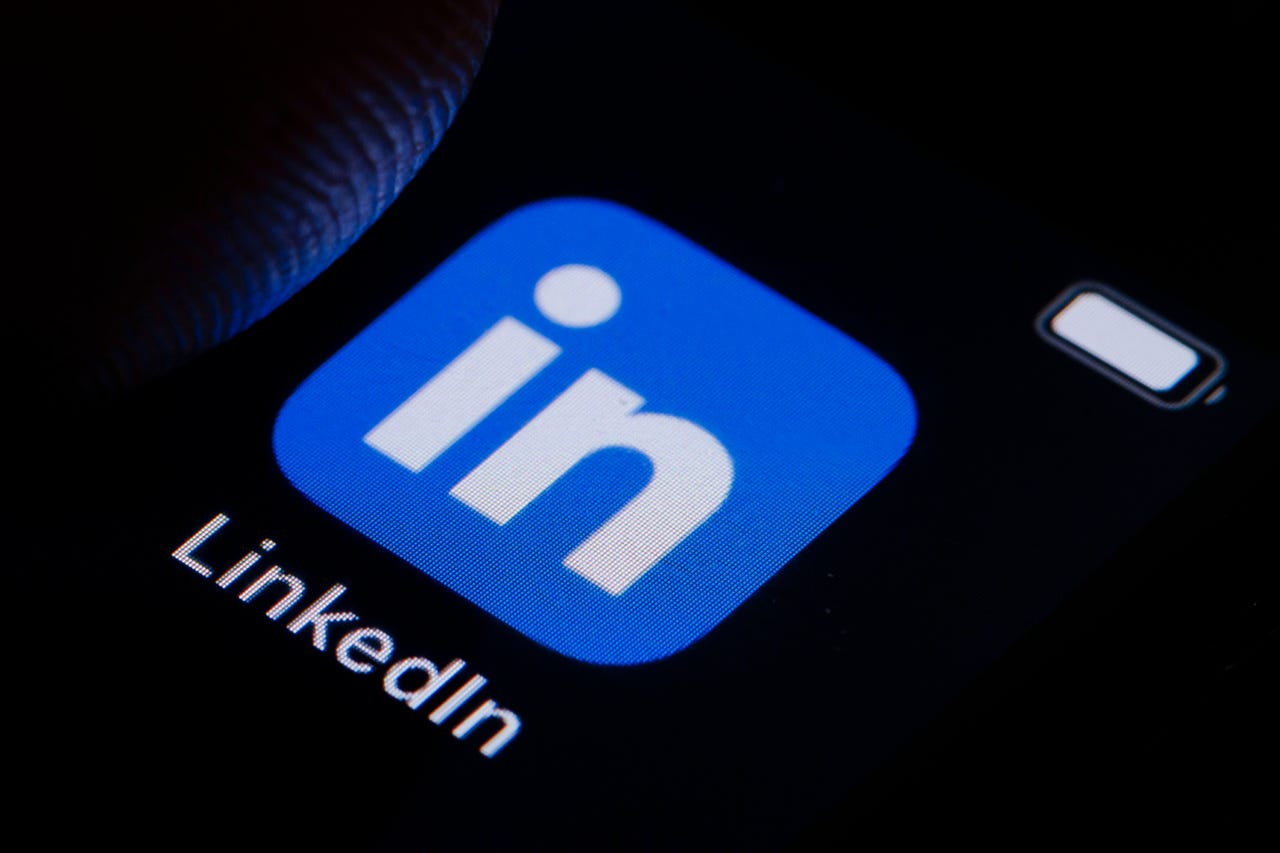LinkedIn verified checkmarks are coming. Here's how the 3 new options work


LinkedIn is a handy platform for working professionals to expand their network and make connections that can impact the course of their careers. However, at times, bot-like, suspicious accounts can request to connect, hurting the authenticity of the experience.
On Wednesday, LinkedIn announced that users will be able to verify their identity, place of work, and company email through new features enabled through partnerships with Microsoft and Clear.
Also: LinkedIn introduces AI tool to make curating your profile easier
Through the partnership with Clear, a secure identity platform, users will be able to verify their identity by providing a U.S. government issued ID and U.S. phone number. Then Clear will verify the profile and LinkedIn will showcase the designation on the user's profile. This feature will be available beginning this month.
Verifications are coming to LinkedIn! Learn the ins and outs of Microsoft Entra Verified ID workplace credentials on LinkedIn to discover how to get yours—and why it matters: https://t.co/Navhq8limQ #MicrosoftEntra pic.twitter.com/elLBpQs1Ql
— Microsoft Security (@msftsecurity) April 12, 2023
Users can also verify where they work through two different avenues. The first is simply by providing LinkedIn with your work email address.
Currently, 4,000 companies are participating in this feature, and, over time, LinkedIn plans to roll out this feature to more companies.
The second way to verify your place of work is by utilizing Microsoft Entra Verified ID credentials.
Using Microsoft Entra Verified ID, organizations will designate a customized digital employee ID to each employee. Then, employees will be able to share their ID with LinkedIn to verify their workplace.
Also: Are you Meta Verified? Here's what it is, how much it costs, and what perks it gets you
Once LinkedIn receives the credential, the Workplace verification will be displayed on the profile as seen in the demo picture.
LinkedIn is currently testing the feature with more than 70 organizations, including Accenture, Avanade, and Microsoft. If you aren't a part of the testing group, don't worry, a larger rollout will begin at the end of April.